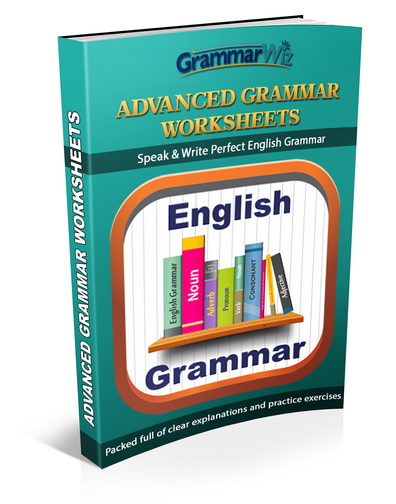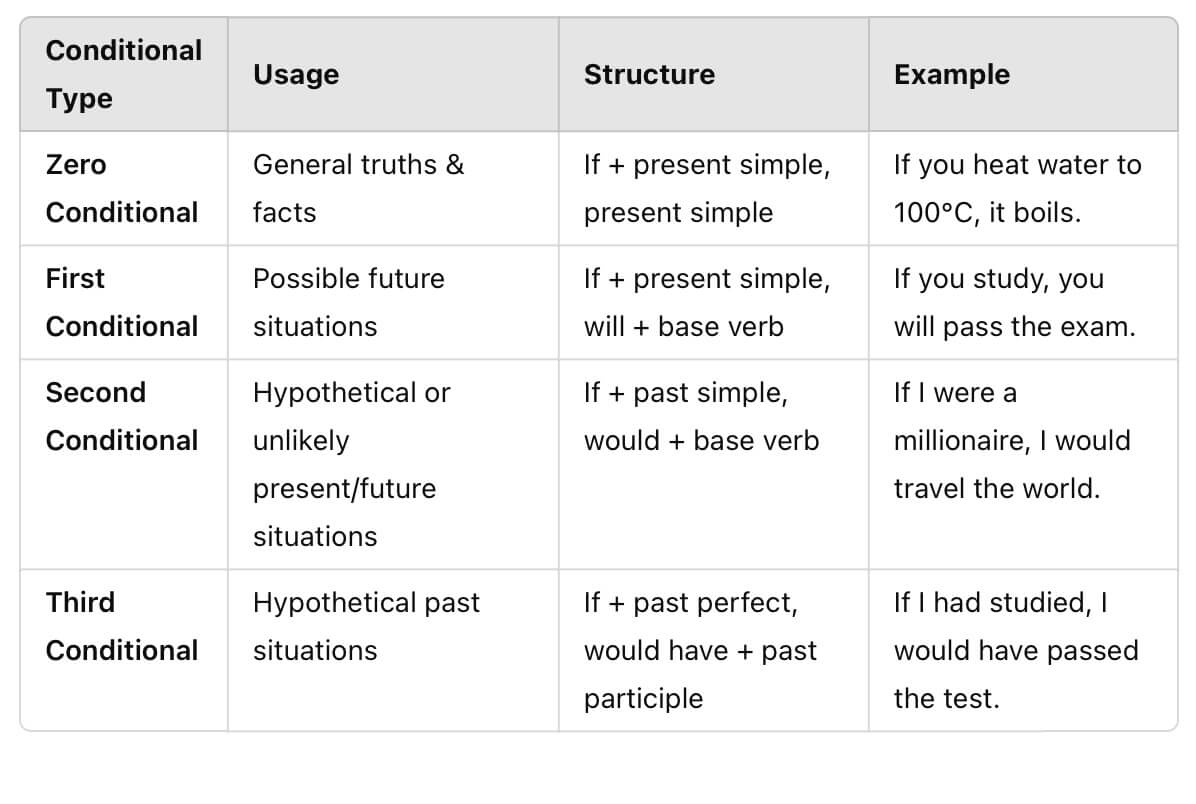- Home
- Determiners
- Definite Indefinite and Zero Articles
Definite, Indefinite and Zero Articles Explained
In this article we'll summarise the difference between definite, indefinite and zero articles,
Articles are like the little "flags" that indicate whether we're talking about a specific noun or any noun of a certain type. So they help to convey specificity and definiteness, which play significant roles in English communication.
Understanding Articles: Basics
To put it simply, articles in English are small words that come before nouns. They basically indicate whether the noun is specific or general.
There are three types of articles in English:
- the definite article "the",
- the indefinite articles "a" and "an",
- the zero article (when no article is used).
When saying, "The dog is barking", this implies that we are referring to a specific dog. When we say, "A dog is barking", we mean that some (unspecified) dog is making noise. If we craft a sentence like, "Dogs are barking", we've got ourselves a sentence with a zero article as we are making a general statement about all dogs.
Definite Article: "The"
"The" is used when the noun it precedes is specific. This applies to both singular and plural nouns.
For example,
- The cat in the hat is adorable" (not any cat, the specific one in the hat)
- The cars in that garage look expensive (not any cars, the specific ones in the garage)
They can be used before uncountable nouns, not just countable:
- The milk is in the fridge
There also are certain cases when we omit "the" even though the noun is specific. For example, we say "She's gone to school," instead of "She's gone to the school," even though we're referring to a specific school.
Learn more about when to use the definite article.
Indefinite Articles: "A" and "An"
We use "a" and "an" when we're referring to non-specific nouns, things that aren’t specified or known to the listener.
They are typically used before countable nouns, which refer to things that can be counted as individual units (e.g., "a book," "an apple") but not uncountable (e.g. "a milk" X)
Whether to use "a" or "an" depends on the sound rule: use "an" before words that start with a vowel sound, and "a" before words that start with a consonant sound.
- an apple; an elephant; an honest mistake ('h' has a vowel sound)
- a car; a dog
However, beware of certain tricky situations like "a university" because it starts with a 'yu' sound, a consonant sound.
Zero Article
Some words or phrases don't require an article at all. We call this the zero article, which we usually use when we're talking about things in general, languages, meals, and uncountable nouns.
For instance:
- We say, "She's learning English" and not "She's learning the English".
- And, "Dinner is ready" but not "The dinner is ready"
Mistakes involving zero articles can pop up easily and frequently, so it's always best to be vigilant.
Learn more about the zero article with examples.
Test what you've learned in an articles quiz >>
New! Comments
Any questions or comments about the grammar discussed on this page?
Post your comment here.



